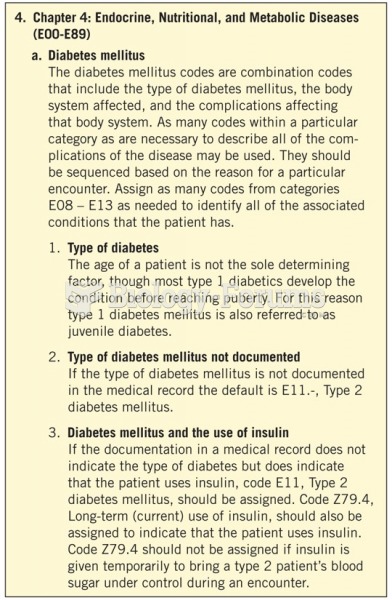Answer to Question 1
Exception reports can help identify events that fall outside accepted ranges. Financial systems generate exception reports that automatically tag unusual events-ones that human beings must review. Such reports are used to spot mistakes, and also fraud. For example, average losses per incident may not be huge, but the same employees repeat the fraud over and over, so losses can mount. For example, if sales reps exaggerate mileage for trips, or travelers submit receipts twice, exception reports would spot the fraud.
Financial systems also carry the major burden of compliance reporting, and in doing so they must conform to local, national, and international regulations that grow increasingly strict. In the United States, the Security and Exchange Commission (SEC) mandates many aspects of compliance, and electronic reporting is required, relying on eXtensible Business Reporting Language.
Answer to Question 2
With parallel installation, the new system/business process runs in parallel with the old one until the new system is tested and fully operational. Parallel installation is expensive, because the organization incurs the costs of running both existing and new systems/business process. Users must work double-time to run both systems. Then, considerable work is needed to reconcile results of the new with the old.
With plunge installation, the organization shuts off the old system/business process and starts the new one. If the new system/process fails, the organization is in trouble. Nothing can be done until either the new system/process is fixed or the old system/process is reinstalled. Because of the risk, organizations should avoid this conversion style if possible. The one exception is if the new system is providing a new capability that will not disrupt the operation of the organization if it fails.







